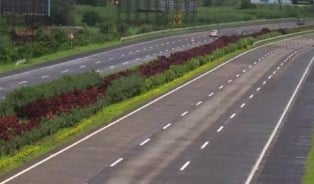Incident Management Services
India is known to have one of the deadliest road systems in the world, with fatal accidents happening every few minutes. In response to this alarming issue, the country’s Ministry of Road Transport and Highways (MoRTH) has launched a program to expand Incident Management Services (IMS) across all national highways in India. This program aims to lower fatal accidents and enhance road user safety by providing quick response to accidents and saving the lives of accident victims.
IMS on National Roads in India
Businesses that respond to the MoRTH’s request for proposals (RFP) will provide, run and maintain the IMS. Under this initiatives, road networks across the country will have a dedicated IMS every few kilometres as well as personnel and equipment to quickly assist accident victims. The roadways would have ambulances, cranes, 24/7 patrol cars, gas cutters, hydraulic rescue tools, hydraulic towing arms, and qualified personnel to ensure immediate emergency care.
Response Time Limit
Ambulances, cranes, and other emergency vehicles under IMS in India would have a response time limit of 30 minutes. This will enable the rescue team to respond quickly to accidents and save lives, especially since victims are frequently stuck within wrecked cars and require expert powered equipment to free them. The integration of a single hotline for highways would further bring down the response time.
Accident Frequency and Costs
According to government estimates, there is an accident on Indian roads every minute, and there is a fatal accident every four minutes. In 2021, road accidents took the lives of 156,000 people in India, or 457 people every day, according to the National Crime Records Bureau. MoRTH estimated that the cost of road accidents ranges from 1% to 3% of a nation’s GDP.
Efficient Patrolling
Half of all accidents in India involve vehicles and two-wheelers. Besides road design-related issues, drivers are generally at fault in accidents. Efficient patrolling of the IMS providers will minimize the number of traffic accidents and associated deaths. The new IMS system will be used on both national and state routes, ensuring that there is a dedicated IMS every few kilometers.
Standardization
To maintain uniformity and eliminate ambiguity, specifications for ambulances, police vehicles, and rescue cranes will be standardized. Also, as a collision rescue team, patrol vehicles and ambulances will collaborate and combine their tasks to provide a more efficient response to accidents.
Month: Current Affairs – April, 2023
Category: India Nation & States Current Affairs


